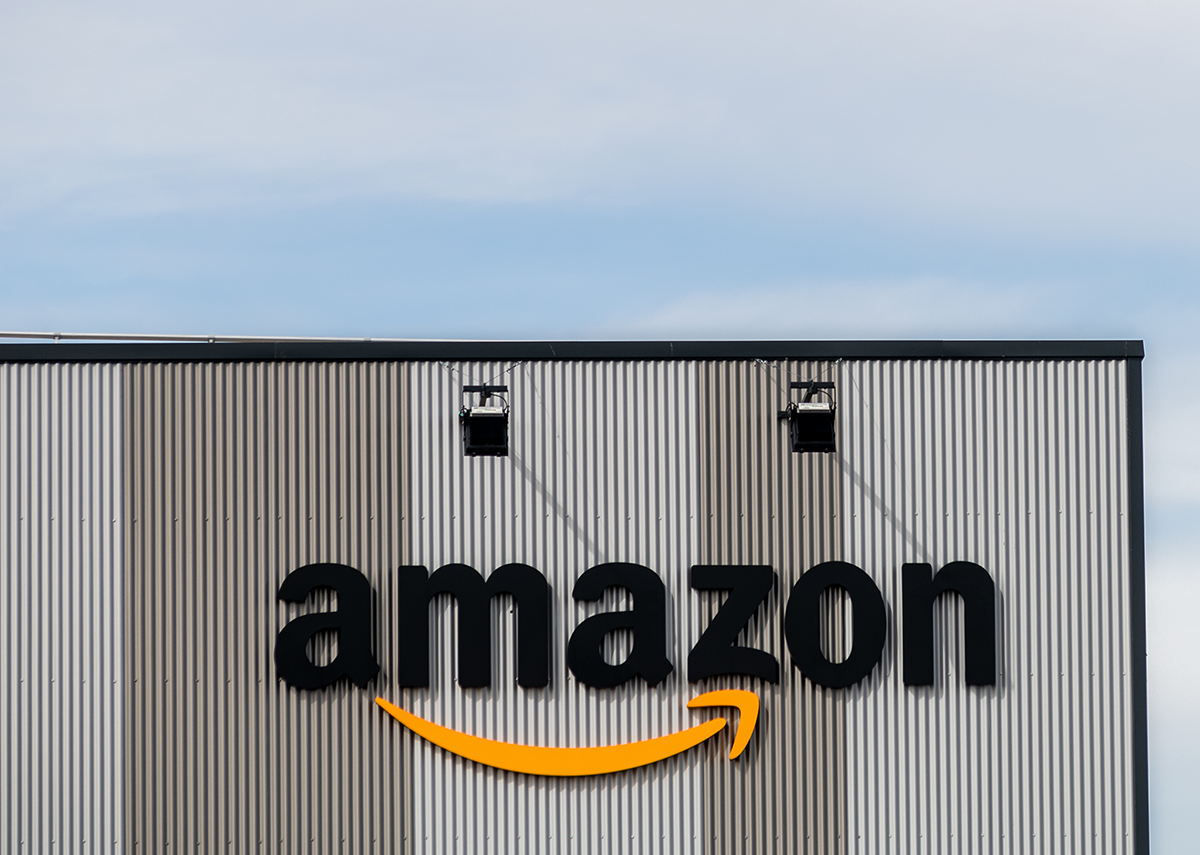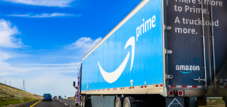
The Growing Importance of Amazon Logistics Logistics Costs – Image: Marcos del Mazo|Shutterstock.com
Amazon Logistics last year . Until then, Amazon had given control over the “last mile” to traditional delivery companies despite the operation of a sophisticated network of fulfillment, sorting and delivery centers.
While Amazon continues to grow, the logistics costs have been skyrocketed in the past ten years. In 2018, the company's fulfillment and shipping costs amounted to $ 34.0 billion or $ 27.7 billion, compared to a little more than one billion US dollars in 2007. Amazon not only gives Amazon the opportunity to keep the shipping costs within limits, but also reduces the risk of relying on UPS and Fedex at the last minute. In his 10 k report, Amazon writes: “We rely on a limited number of freight forwarders to deliver inventory to us and carry out orders to our customers. If we are unable to negotiate acceptable conditions with these companies, or if you encounter performance problems or other difficulties, this could have negative effects on our operating results and customer satisfaction. ”
As the chart below shows, the importance of fulfillment and shipping costs for Amazon has increased over the past decade. Last year, the two cost factors amounted to 26.5 percent of the company's net sales, compared to 16.6 percent the previous year.
In addition to working together with companies such as UPS and FedEx, Amazon has started its own delivery service called Amazon Logistics last year. Until then, despite operating an elaborate network of fulfillment, sortation, and delivery centers, Amazon had ceded control over the “last mile” to traditional delivery companies.
As Amazon continues to grow, its logistics costs have skyrocketed over the past decade. In 2018, the company's fulfillment and shipping expenses amounted to $34.0 billion and $27.7 billion respectively, up from just over $1 billion each in 2007. Introducing its own shipping service does not only give Amazon the chance to keep shipping costs at bay, but it also reduces the risk associated with relying on UPS and FedEx for last-mile delivery. In its 10-K report , Amazon notes: “We rely on a limited number of shipping companies to deliver inventory to us and completed orders to our customers. If we are not able to negotiate acceptable terms with these companies or they experience performance problems or other difficulties, it could negatively impact our operating results and customer experience.”
As the following chart shows, the relative weight of fulfillment and shipping costs on Amazon's bottom line has increased over the past decade. Last year, the two cost factors amounted to 26.5 percent of the company's net sales, up from 16.6 percent in 2007.

